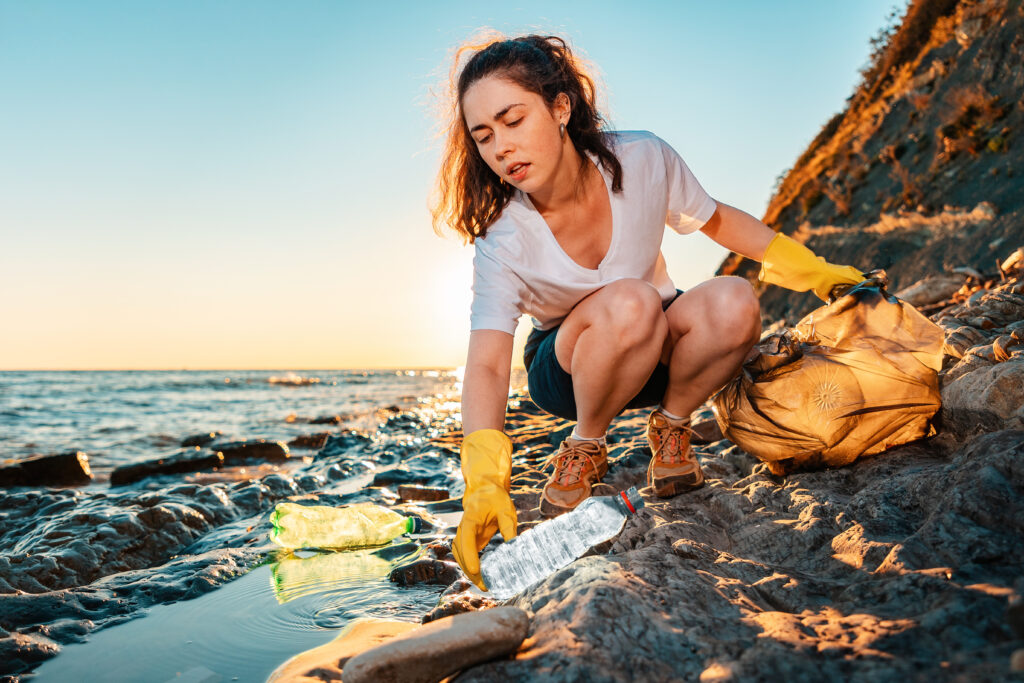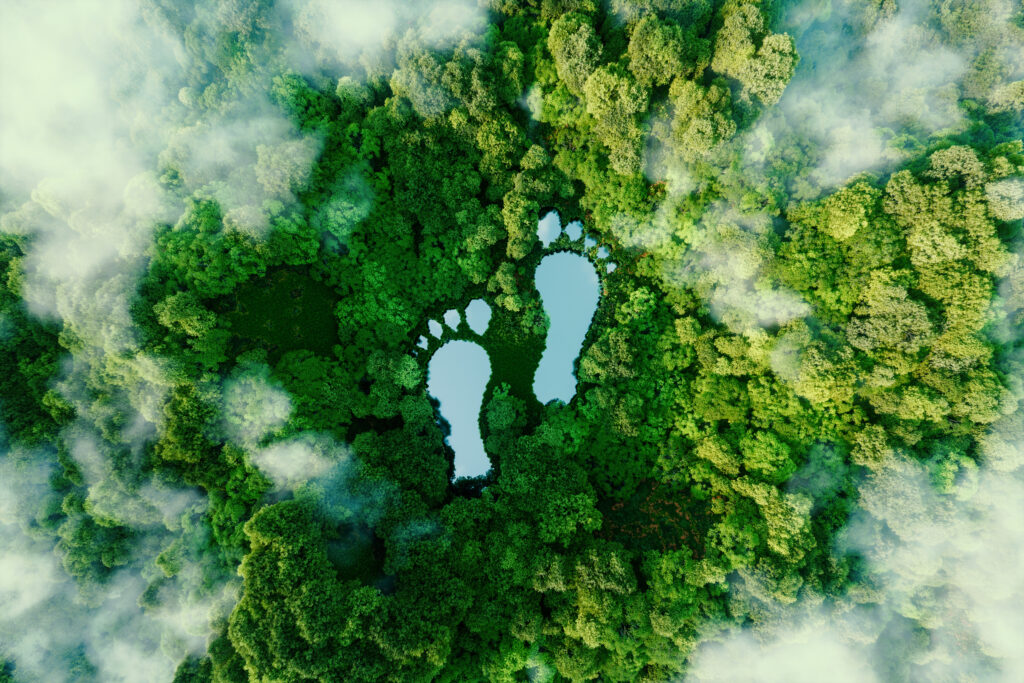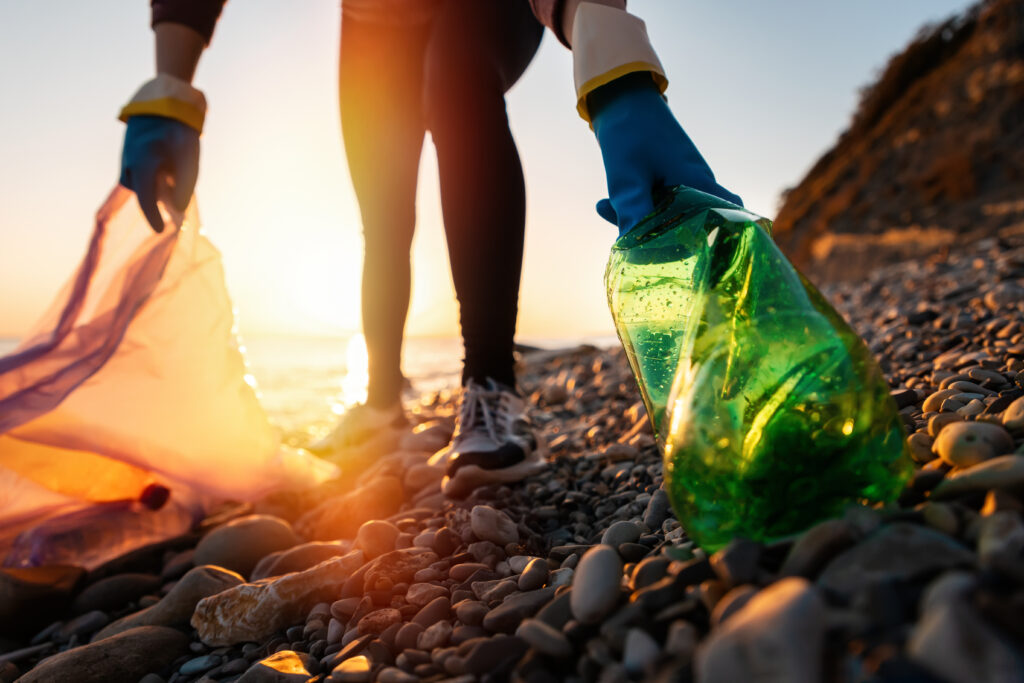
Regenerative tourism is emerging as the solution of choice for correcting the ecological and social excesses of mass tourism. We take a closer look at this new branch of eco-tourism, which is good for both travelers and the destinations they visit!
What is regenerative tourism?
Mass tourism is causing damage all over the world: over-consumption of natural resources, water and soil pollution, over-production of waste, destruction of ecosystems, threats to biodiversity, introduction of invasive species, greenhouse gas emissions..
Yet solutions do exist, and regenerative tourism promises to be one of the most ambitious. Its aim is not only to reduce its impact, but even tohave a positive one.
The aim is not only to reduce our impact, but also to have a positive one, by taking part in a variety of actions during our travels that have a positive impact on the ecology or local society. The philosophy behind regenerative tourism is simple: while it's all very well to try and have a neutral impact on travel by practicing eco-tourism, it will never prevent the harmful effects of mass tourism. So instead, we replace the desire to travel with as little harm as possible, with a desire to do some good.
In this way, we put our own hands to the task of correcting the harmful effects of mass tourism, and redressing the balance. In this way, tourist destinations, their inhabitants and their biodiversity will truly benefit from tourism.
Regenerative tourism must be combined with sustainable tourism practices. In other words, taking corrective action is no excuse to pollute. So, before getting involved in regenerative tourism, you need to make sure that you don't leave any waste behind, that you reduce yourCO2 emissions, and that you adopt eco-responsible practices. To avoid unwittingly participating in mass tourism, it's also a good idea to travel to untouched destinations destinations spared to spread out the use of natural resources.
Regenerative tourism around the world

While the practice has been around for a long time, the term regenerative tourism is fairly recent. But it's already on the rise, so much so that many countries are already taking steps in its favor. The Canadian Tourism Commission, for example, published its "White Paper on Regenerative Tourism" in June 2023.
The New Zealandis one of the countries most involved in regenerative tourism. Since 2018, the country has been encouraging its visitors to take part in the Tiaki Promise. This is a commitment inspired by the Maori philosophy of respect for nature. The Tiaki Promise is a charter divided into 5 key areas: protect nature, keep New Zealand clean, be prepared, drive with care and show respect.
In France, the trend is still in its infancy, but could well have a great future, and already the relevant authorities are keeping a close eye on it.
How to practice regenerative tourism?

There are many ways to practice regenerative tourism yourself. Follow these steps to make a positive impact on your travels.
Take part in clean-up walks
First and foremost, it's important to reduce your use of plastic when traveling, so as not to contribute to pollution. But once you've adopted these simple gestures, you can go even further by taking part in litter pick-up walks. The idea is to join a group - often formed by an association, local people, or sometimes even hotels or businesses - and clean up a given area together. You can pick up garbage from a street, a beach, a forest, a park... Sometimes, associations equipped with boats even offer to clean up the ocean.
Without waiting for an association to take the initiative, you can make garbage collection part of your daily travel routine. All you have to do is carry a reusable bag and a pair of gloves at all times, and pick up any garbage you come across on your travels. This practice can be very useful in regenerating natural environments, for example during your hikes!
Buy local
Buying local is an excellent way of stimulating your destination's economy , and therefore of practicing regenerative tourism. When you travel, eating in local restaurants, sleeping in small, local hotels rather than the big international chains, ideally choosing accommodation with a sustainable tourism label, or buying your travel souvenirs from local artisans, are all simple gestures that will enable you to have a positive impact.
What's more, eating locally helps you to reduce your carbon footprintby purchasing goods from local producers, you greatly reduce the greenhouse gas emissions involved in transporting goods. Last but not least, buying local is the best way to discover your destination and its traditions in an authentic and enriching way. In the end, everyone wins!
Volunteer on ecological farms
There's no better way to contribute to the local economy than to be a part of it! You can do this by volunteering with a local farmer. In this case, select a farm that is organic or committed to sustainable development, so as not to contribute to soil and water pollution. Living on a farm is also an excellent way to practice slow tourism. We call this practice WWOOFING, for World Wide Opportunities on Organic Farms. You'll be helping a farmer with his or her daily chores, whether caring for animals, harvesting or working in the agricultural field, and thus supporting both the local economy and the establishment of sustainable agriculture in your destination.
Get involved in ecosystem restoration projects
There are many ecosystem restoration projects, often organized by local associations. These actions can vary completely according to the needs of local ecosystems. For example, you can get involved in reforestation projects, which most often involve participating in large-scale tree planting. There are also community projects aimed at saving coral reefs by replanting fragments of coral so that they can regenerate.
Donate to associations
Many associations are primarily short of funds to carry out their projects, whether ecological or social. In addition to volunteering, it can be a good idea to help them in their fight by making donations. You can choose to make individual or monthly donations, depending on your personal circumstances.
Donating is part of the regenerative tourism approach, as you are supporting actions that have a positive impact on your destination. This gesture is all the more important as these small local associations don't benefit from the visibility and funding of large international NGOs, and their very localized actions are therefore much more difficult to carry out.


